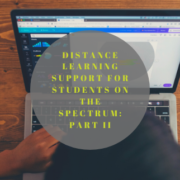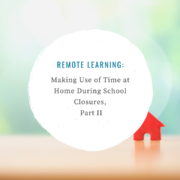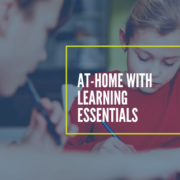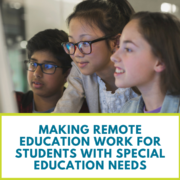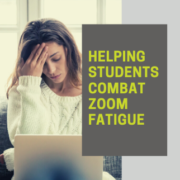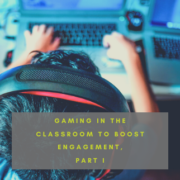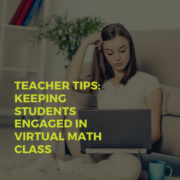How to Solve Problems with Peers: Elementary Schoolers

Conflict resolution is a skill that children, teens, and even adults encounter on a daily basis. From minor tiffs or disagreements, to outright arguments, conflicts can arise quickly and seemingly out of nowhere. For elementary-age students, conflict resolution is a key component of socialization that prepares children to make, strengthen, and salvage friendships and peer relationships.
Employ communication skills
Elementary schoolers may find themselves unprepared to deal with certain conflicts. This happens largely because of an inability to communicate their feelings without allowing emotions to take over the conversation. Help young students by providing them with “accountable talk” sentence frames to get a positive conversation started.
“I feel ___________________ because ___________________.”
“What I meant by saying that was ___________________.”
“Instead, I should have said ___________________.”
“The real reason I reacted by ___________________ was because ___________________.”
These sentence frames allow children to own and explain their feelings without blaming or attacking the other party. It also encourages students to talk about how certain actions can cause problems for or have an effect on others. Teachers, counsellors, and parents may want to consider modeling a pretend conversation or skit in which they practice using the accountable talk model. Also, be sure that elementary schoolers have a mediator present for these conversations. This adult can ensure that students stick to the script, so to speak, so that the mediation continues in a positive, productive manner.
If things escalate, allow time to cool off
Because of immaturity or lack of experience in dealing with conflict, elementary-aged children can allow their emotions to take over quite abruptly. When tempers flare between peers, provide students with time to calm themselves and collect their thoughts. The last thing that we want is for arguments between students to turn physical. Provide students with quiet places, removed from the rest of their peers. Reinforce the fact that this is not a punitive “time out,” but instead an opportunity to relax and settle.
Some students benefit from writing down, sketching, or drawing their feelings or their side of the conflict. Place sketch paper and pencils in the cool down area to encourage students to journal or draw. Some teachers have found that cool down reflection sheets with guiding questions about the incident have been beneficial for mediation. Teachers may also consider providing students with a visual to gauge their level of composure. Use a number scale or color wheel to help students identify how much time they need to cool down. If they register a “5” or red on the color wheel, they certainly need more time to calm down. Allow students to reach “1” or blue before rejoining the class or starting a mediation.
Practice perspective-taking using summarizing or paraphrasing skills. Many conflicts, if not all, arise from a difference of opinion or different recollection of an incident. A child’s brain is practically hard-wired to accept only one perspective—his own. It is not until maturity that people develop the ability to take another’s stance, see an alternate perspective, or enact empathy. Therefore, children need practice and prompting in order view the situation from their peer’s perspective. Practice this by using listening strategies, in which peers will listen to, paraphrase, and respond to their peer’s account of the incident. Remind students that their summary or paraphrasing must hold true to what their peer said—they cannot deviate from the classmate’s account, or add their own interpretations. This is difficult for children to do; however, reassure them that they too will get the opportunity to speak and be heard by their peer.
